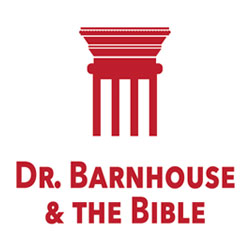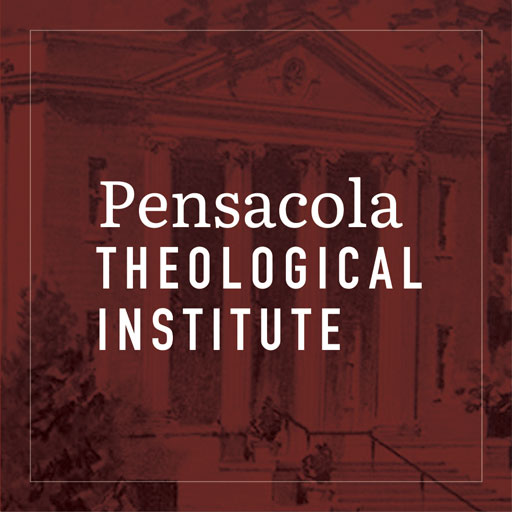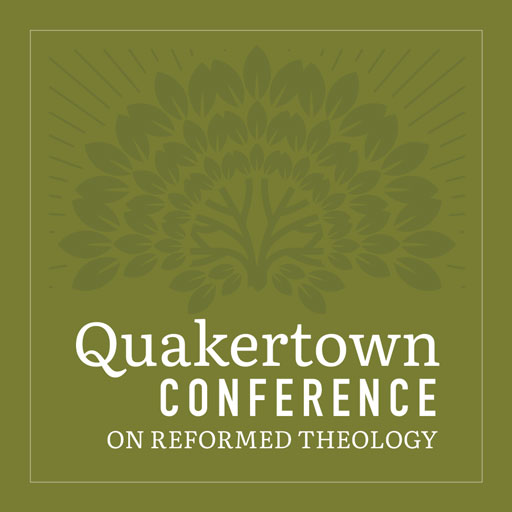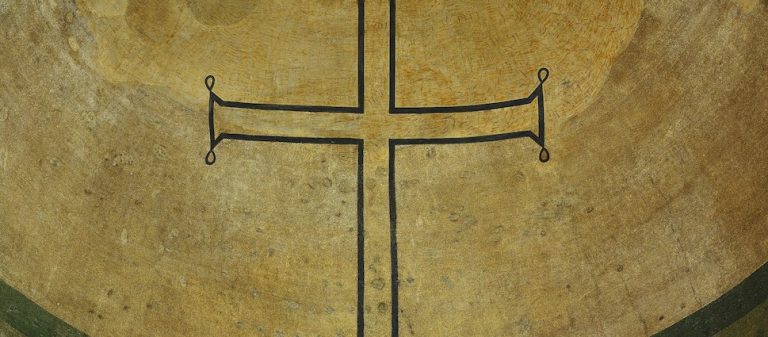
The Right Hill to Die On
Wittenberg, Germany—October 31st, 1517—An obscure Augustinian Monk stands outside the doors of the Castle Church. In his hand, he holds a hammer and is prepared to nail in place The Ninety-five Theses. His intention is not to deface the church or start a commotion. Rather, this is the common practice of those who wish to publicly share new ideas and later academically debate them.
Four years later, this same Monk, Martin Luther, stands before the Diet of Worms on April 17th, 1521. The Ninety-five Theses had struck a chord with many who were tired of the Papacy’s pharisaical tendencies and had found a far larger audience than Luther had ever anticipated. Luther’s ideas and writings had even found their way into the hand of Pope Leo X, who sent the Monk a papal bull and demanded Luther recant of his teachings. In response, Luther publicly burned the bull and defied the Pope.
Soon after, the Pope had charged Luther to stand before the Diet and demanded again that he recant his writings. Noncompliance would mean facing anathematization.
After a night of earnest prayer and contrition, Luther returned before the Diet of Worms and explained that recantation was impossible with his famous response:
Unless I am convinced by Scripture and plain reason—I do not accept the authority of the popes and councils, for they have contradicted each other—my conscience is captive to the Word of God. I cannot and I will not recant anything for to go against conscience is neither right nor safe. Here I stand. I can do no other. God help me. Amen.[1]
When I was younger, I was given this advice: Find the right hills to die upon. Luther teaches that there are doctrines that constitute worthy hills and mountains. One doctrine, justification by faith alone, is rightly called the doctrine by which the Church stands or falls. It was this doctrine that Martin Luther was, ultimately, being asked to recant but could not. It was for this doctrine he was willing to wage holy war. And five hundred years later, it is still a worthy hill and mountain to stand upon and, if need be, die upon.
Justification by Faith Alone Explained
Perhaps one of Luther’s most treasured works is his Commentary on Galatians. In it, he explains the doctrine of sola fidein depth. But before he wrote this commentary, it was of Romans 1:17 that Luther would write:
At last, by the mercy of God, meditating day and night, I gave heed to the context of the words, namely, “In it the righteousness of God is revealed, as it is written, ‘He who through faith is righteous shall live.’” There I began to understand that the righteousness of God is that by which the righteous lives by a gift of God, namely by faith. And this is the meaning: the righteousness of God is revealed by the gospel, namely, the passive righteousness with which merciful God justifies us by faith, as it is written, “He who through faith is righteous shall live.” Here I felt that I was altogether born again and had entered paradise itself through open gates…[2]
For Luther, justification by faith alone was the basis of his love for the Lord, understanding of salvation, and assurance in the faith. This was later drawn out further when Luther examined Galatians 2:16: “Knowing that a man is not justified by the works of the law, but by the faith of Jesus Christ, even we have believed in Jesus Christ, that we might be justified by the faith of Christ, and not by the works of the law: for by the works of the law shall no flesh be justified.”
Luther understood that a sinner cannot save him or herself through obedience to the Law. Such obedience is, first, impossible, and second, could never wash away sin. What the sinner needs is a Savior who acts as both the keeper of the Law and is the propitiation for sin. In other words, sinners need Jesus: A Savior who fulfills all righteousness and exhausts God’s wrath against sin on our behalf.
The Slave Woman Versus the Free Woman
Luther was willing to die on this hill because he knew a denial of justification by faith alone was a denial of the true Gospel. As Paul teaches, false gospels are not to be tolerated and are legitimate grounds for pronouncing anathema (Gal. 1:9), and the true Gospel is that Christians are saved by faith alone, not needing to become like the Judaizers nor needing to keep the ceremonial laws.
Luther saw himself in chapter 4, wherein Paul compares Hagar and Sarah. Using allegory, Paul states that Hagar is the slave woman and is like Mount Sinai. There, the Law was given, and the Jews were placed in bondage to it, being tethered to a Law that could not save but made their need for a Savior clear. Sarah, on the other hand, was the free woman, and she was like the Heavenly Jerusalem. Those who believe in Jesus become like her as they are set free from slavery to sin and death and are untethered from their slavery to sin.
God had promised that Abraham would have a legitimate heir and Abraham believed God and this was counted as righteousness (Gen. 15:6; justification by faith alone is in view here). But, when Abraham took Hagar, he was not acting by faith but was instead operating by works, attempting to earn what God had promised him. Thus, Hagar’s son, Ishmael, is symbolic of those who try to earn their salvation through works of the Law. But God had made a promise and He does not break His covenants. Therefore, Sarah also bore a son. Isaac is the son of promise and is symbolic of those who, by mere faith alone, grasp the promises of God in Jesus and are eternally saved.
These two women, their sons, and corresponding allegorical locations, represent an eternal battle between those who believe salvation must be earned and those who trust the sovereign and finished work of the Lord Jesus Christ.
What Luther saw in his day was a battle between the free citizens of the Heavenly Jerusalem (the Reformers) and the slaves of the earthly Mount Sinai (the Papacy). Yet, Luther understood that this mountain of justification by faith alone had to be defended. Since it is none other than the Heavenly Jerusalem there is no higher hill or mountain. It is above Mount Sinai and, by virtue of offering the higher ground, is the mighty fortress and abode of the victorious saints in Christ.
The Continued War Between Slave and Free
Luther had taken up arms and joined the Sarahs, Isaacs, and the forces of the Heavenly Jerusalem against the Hagars, Ishmaels, and the forces of the earthly Mount Sinai. We must join arms with him.
This battle has been fought since the fall of man. God had promised Adam and Eve glory and all they had to do was trust Him by faith. Satan offered them a supposed transcendence if they would work to pick fruit and eat it. This has been the battle ever since. Will we trust the promises of God by faith, or try to work and earn the gift?
During the Protestant Reformation, the Protestants took the side of the Heavenly Jerusalem and the Papacy sided with the earthly Mount Sinai. Since Luther, men like John Bunyan, John Owen, Richard Sibbes, and many more have joined arms on this Heavenly Mountain. Though the Counter-Reformation attempted to devastate this Mountain, the spirit of Puritanism and non-conformity stood tall.
Protestants must stand on this Heavenly Mountain today. Luther and those after knew that those who insist on slavery to the Law speak of a dead faith with its emphasis on works and earning salvation. Justification by faith alone speaks of a vibrant, living faith.
Luther reminds us: The Heavenly Jerusalem’s citizens live by justification by faith alone. This doctrine, higher than all other mountains and hills, is indeed the right hill to die upon.
Jacob Tanner is pastor of Mt. Bethel Church of McClure in Central Pennsylvania. He has spent time as a reporter, journalist, and editor, and has written for various Christian websites. He and his wife, Kayla, have one son, Josiah. Jacob is currently completing his M.Div. through Midwestern Baptist Theological Seminary.
Related Links
“The Joy of Justification” by Nick Batzig
“Lessons From a Controversial Colloquy” by James Rich
The Reformation of the Church, ed. by Iain Murray
Reformation: Yesterday, Today and Tomorrow by Carl Trueman
Celebrating The Reformation and Worship, with Steve Lawson, Robert Godfrey, Tim Challies, and more.
Notes
[1] Martin Luther. (The author added the italicized words as the sentence seems to him to read incomplete without them.) Source: https://www.luther.de/en/worms.html
[2] Martin Luther, as quoted within The Doctrine Upon Which the Church Stands or Falls: Justification in Biblical, Theological, Historical, and Pastoral Perspective, ed. Matthew Barrett (Wheaton: Crossway, 2019), 218.
























